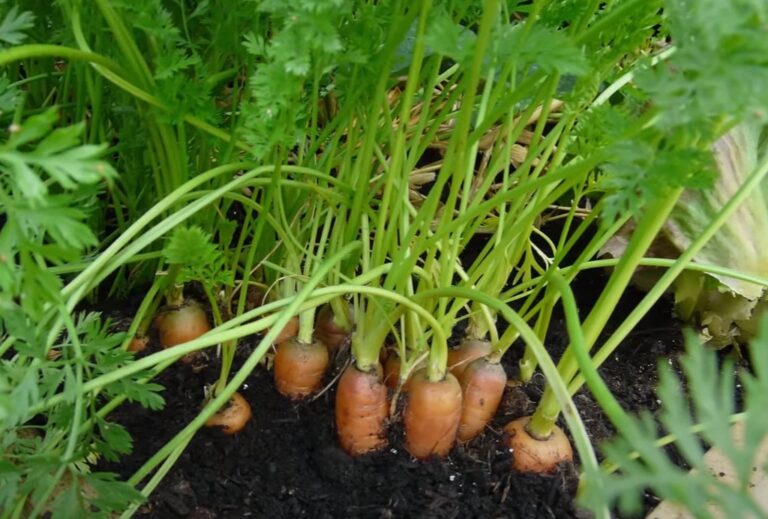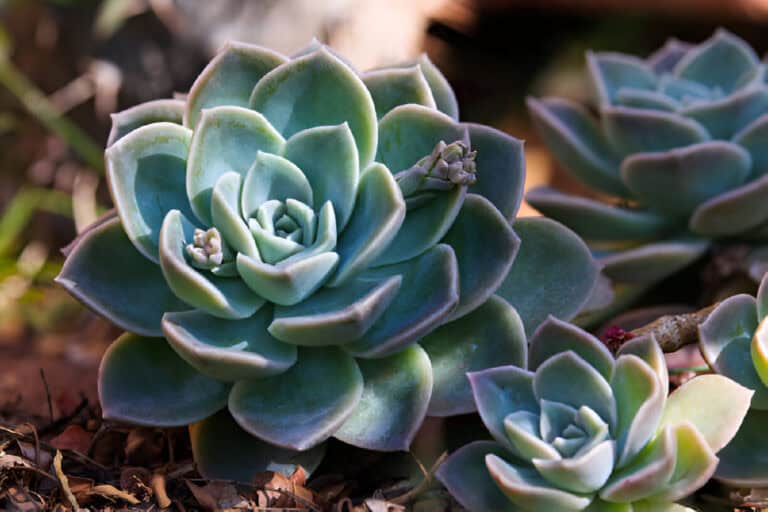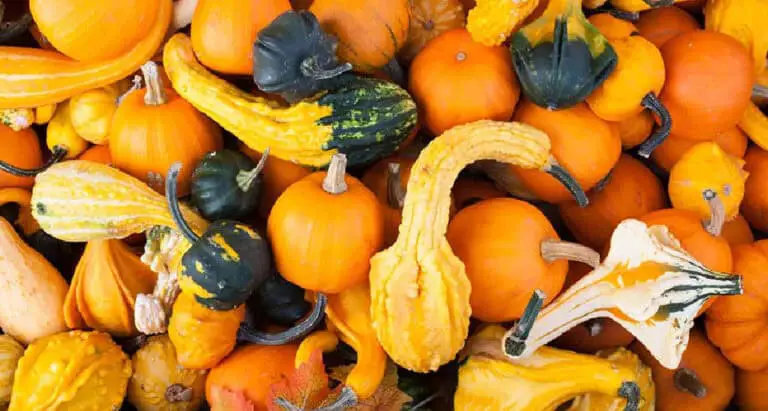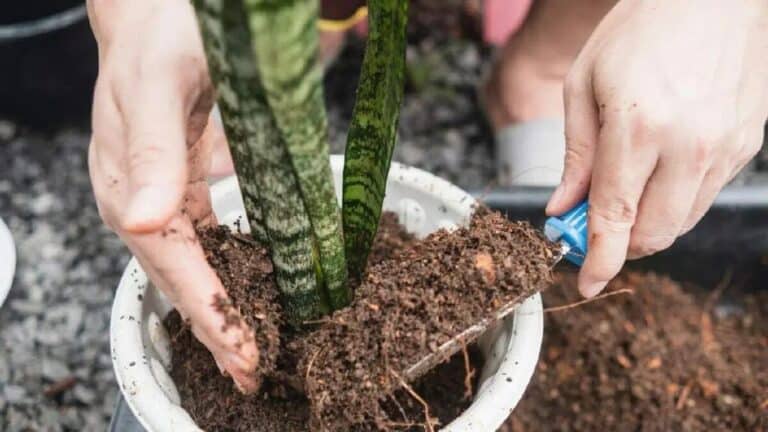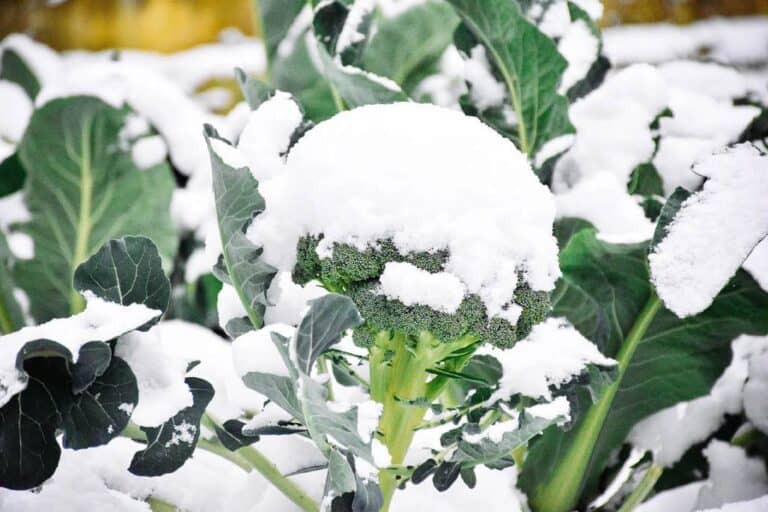Why Is My Aucuba Losing Leaves? (And How to Treat Them)
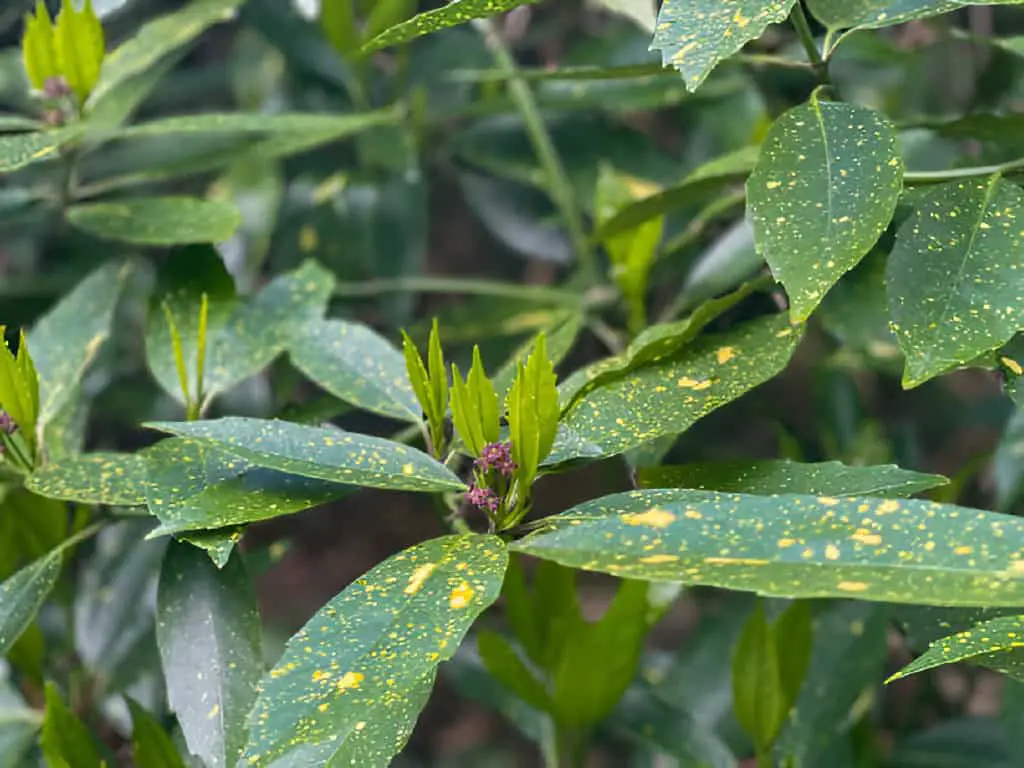
Is your Aucuba suddenly shedding its beautiful leaves, leaving you puzzled and concerned? You’re not alone—many gardeners face this issue and wonder what might be causing their once-thriving plant to decline.
In this article, we’ll explore why Aucuba plants lose leaves. We’ll also give you effective treatments. By understanding the underlying causes and learning how to address them, you’ll be able to restore your Aucuba to its lush, green glory.
Understanding Aucuba Plant
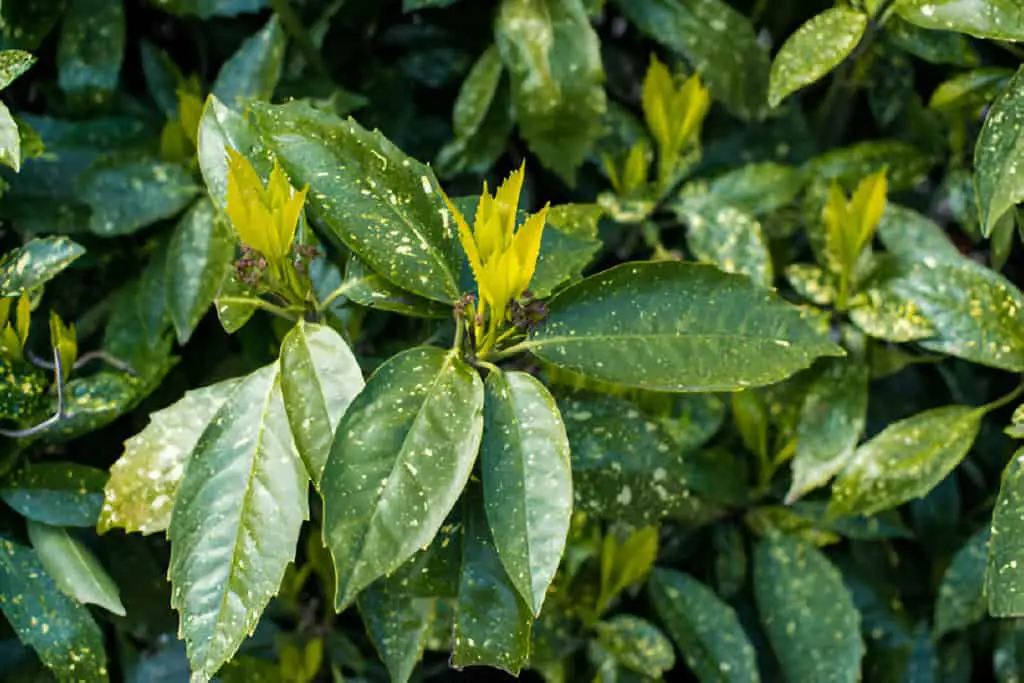
Aucuba, also known as Japanese aucuba or spotted laurel, is a versatile and attractive evergreen shrub that can thrive in various settings. The Aucuba plant is known for its glossy, dark green leaves. They are often speckled with gold. The plant is a hardy evergreen. It brings elegance to shaded gardens.
It’s a great choice for gardeners. They want to add year-round foliage to their landscapes. This is especially true in spots where other plants might struggle.
Here are key points to understand about growing and caring for Aucuba:
Growth and Appearance
- Height and Spread: Aucuba typically grows between 6 and 10 feet tall and 4 and 5 feet wide, with some varieties reaching up to 15 feet tall.
- Leaf Characteristics: The leaves are dark green, leathery, and glossy, with some variegated forms featuring gold speckles or yellow centers.
- Flowers and Fruit: The flowers are not showy, but the shrub produces attractive, dark red berries that mature in October and November. Female plants require a nearby male for fruit production.
Aucuba Plant Characteristics
| Feature | Description |
| Leaf Color | Dark green with gold speckles |
| Growth Habit | Evergreen shrub |
| Light Requirements | Full shade to partial sunlight |
| Soil Preferences | Well-drained, various types |
Landscape Use
- Shade Requirements: Aucuba prefers partial to full shade, especially for variegated varieties that can develop leaf scorch in full sun.
- Soil and Watering: It tolerates a wide range of soils, including heavy clay, and requires moist, well-drained conditions. Avoid overhead watering to reduce disease incidence.
- Pruning: Pruning is not necessary, but occasional pruning can be done to restrain growth or remove dead branches.
Propagation and Problems
- Propagation: Aucuba can be propagated through seed or semi-ripe cuttings. Female varieties can be grown from seed, while male varieties are often used for pollination.
- Diseases and Pests: Aucuba is generally disease-free, but it can be susceptible to root rots in poorly drained sites and fungal anthracnose. Insects are not a significant problem
Is It Normal for Aucuba to Lose Leaves During Certain Seasons?
Yes, it’s quite common for Aucuba to shed some of its foliage as the seasons change. In the fall, for example, you might notice a few leaves turning yellow and dropping off. This is a natural part of the plant’s life cycle as it prepares for the cooler months ahead.
During the winter, Aucuba may also lose some leaves due to cold stress, especially if it’s exposed to harsh winds or frosty conditions. However, a significant leaf drop can indicate other issues, such as improper watering or pest infestations.
Come spring, your Aucuba should start to sprout new leaves and regain its lush appearance. Watching your plant’s health and giving the right care can reduce seasonal leaf loss. It can keep your Aucuba thriving all year.
Why Is My Aucuba Losing Leaves?
Environmental Factors
- Overwatering and Poor Drainage
- Symptoms: Yellowing leaves, wilting, and eventual leaf drop.
- Cause: Aucuba plants thrive in well-drained soil. Overwatering or waterlogged soil can lead to root rot, which hampers the plant’s ability to absorb nutrients.
- Solution: Ensure the soil is well-draining. Water the plant moderately, allowing the top inch of soil to dry out between waterings.
- Underwatering
- Symptoms: Crispy, brown leaf edges, and overall droopiness.
- Cause: While aucubas are drought-tolerant, prolonged periods without water can stress the plant.
- Solution: Water the plant thoroughly, especially during dry spells. Mulch around the base to retain moisture.
- Improper Light Conditions
- Symptoms: Pale, yellow leaves or scorched leaf tips.
- Cause: Aucubas prefer partial to full shade. Too much direct sunlight can cause leaf burn, while too little light can lead to chlorosis.
- Solution: Position your aucuba in a spot with dappled shade. Avoid direct afternoon sun.
Pest and Disease Issues
- Aphids and Scale Insects
- Symptoms: Sticky residue (honeydew), yellowing leaves, and stunted growth.
- Cause: These pests feed on the plant’s sap, weakening it and causing leaf drop.
- Solution: Use insecticidal soap or neem oil to manage infestations. Regularly inspect your plants for early signs of pests.
- Fungal Diseases
- Symptoms: Black spots on leaves, powdery mildew, or moldy patches.
- Cause: High humidity and poor air circulation can foster fungal growth.
- Solution: Ensure good air circulation around the plant. Treat with fungicides if necessary, and remove affected leaves to prevent spread.
How to Treat Aucuba Leaf Loss
1. Adjust Watering Practices
- Watering Frequency: Adjust your watering schedule based on the soil moisture level. Water deeply but infrequently, allowing the soil to dry out between waterings.
- Improve Drainage: If your aucuba is in a container, ensure it has drainage holes. For garden plants, consider amending the soil with sand or perlite to enhance drainage.
2. Optimize Light Exposure
- Provide Adequate Shade: Aucubas thrive in shaded areas. If your plant is receiving too much direct sunlight, relocate it to a shadier spot or provide shade cloth.
- Avoid Deep Shade: While aucubas tolerate shade, they still need some light. Ensure they receive indirect light to maintain their vibrant foliage.
3. Control Pests and Diseases
- Natural Remedies: Use neem oil or insecticidal soap to treat aphid and scale infestations. These treatments are effective and environmentally friendly.
- Fungal Treatments: For fungal diseases, remove and dispose of infected leaves. Apply a suitable fungicide and ensure the plant has good air circulation.
4. Enhance Soil Health
- Fertilization: Feed your aucuba with a balanced, slow-release fertilizer in the spring. Avoid over-fertilizing, as this can lead to leaf burn and nutrient imbalances.
- Soil Amendments: Soil Amendments improve soil structure. They do this by adding organic matter like compost. Compost retains moisture and provides nutrients.
Quick Reference Table
| Issue | Symptoms | Solutions |
| Overwatering | Yellowing leaves, wilting | Improve drainage, moderate watering |
| Underwatering | Brown, crispy edges, droopiness | Thorough watering, mulch to retain moisture |
| Improper Light | Pale or scorched leaves | Position in dappled shade |
| Pests (Aphids, Scale) | Sticky residue, yellowing leaves | Use insecticidal soap or neem oil |
| Fungal Diseases | Black spots, mildew, mold | Remove affected leaves, apply fungicide |
By following these guidelines, you can effectively address the causes of leaf loss in your aucuba plants and ensure they remain healthy and vibrant. Happy gardening!
| See also: How to Treat Daphne Losing Its Leaves? |
How Can I Tell if My Aucuba Is Healthy Despite Losing Leaves?
Even if your Aucuba is losing leaves, there are several indicators that can show it’s still healthy. First, examine the remaining leaves for a vibrant, deep green color without any brown spots or yellowing edges. Healthy leaves should feel firm and sturdy to the touch, indicating the plant is still receiving adequate nutrients. Additionally, check the stems for signs of new growth, such as small buds or fresh, green shoots emerging.
Next, observe the overall structure of the plant. A healthy Aucuba will have strong, upright stems and a well-balanced shape. If the stems are sturdy and not drooping, it’s a good sign your plant is maintaining its health. Furthermore, inspect the soil condition; it should be well-drained and slightly moist. Overly dry or waterlogged soil can stress the plant and lead to leaf loss.
Look for any pests or diseases. Healthy Aucuba plants should be free of visible pests like aphids or spider mites. If you notice any insects or unusual spots on the leaves, it might indicate an underlying issue that needs addressing.
Finally, consider the environment in which your Aucuba is placed. It should be in a location with indirect light and protected from harsh winds or extreme temperatures.
Conclusion
In conclusion, knowing why your aucuba is losing leaves is key. You need this to fix it. You can help your aucuba plants thrive and beautify your garden. Do this by managing pests, diseases, and growing conditions.
Remember to watch your plants often. Change care as needed. And enjoy their toughness and beauty. They’re versatile garden favorites.

